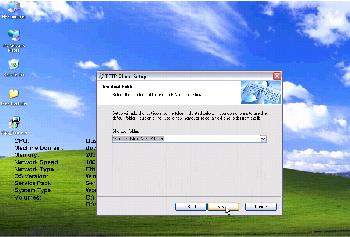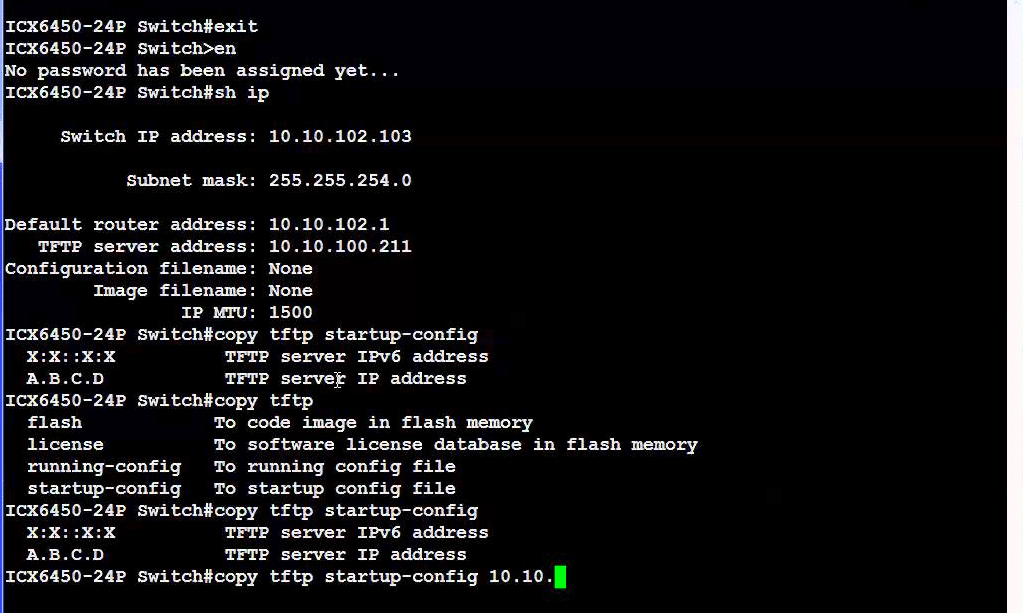

- #MAC TFTP CLIENT UPDATE#
- #MAC TFTP CLIENT UPGRADE#
- #MAC TFTP CLIENT CODE#
- #MAC TFTP CLIENT DOWNLOAD#
It cannot list, delete, or rename files or directories and it has no provisions for user authentication. TFTP only reads and writes files from or to a remote server. TFTP was designed to be small and easy to implement, and therefore it lacks most of the advanced features offered by more robust file transfer protocols. TFTP is a simple protocol for transferring files, implemented on top of the UDP/IP protocols using well-known port number 69. In March 1995 the TFTP Option Extension RFC 1782 updated later in May 1998 by RFC 2347, defined the option negotiation mechanism which establishes the framework for file transfer options to be negotiated prior to the transfer using a mechanism which is consistent with TFTP's original specification. In June 1981 The TFTP Protocol (Revision 2) was published as RFC 783 and later updated in July 1992 by RFC 1350 which fixed among other things the Sorcerer's Apprentice Syndrome. TFTP was first defined in 1980 by IEN 133. TFTP's design was influenced from the earlier protocol EFTP, which was part of the PARC Universal Packet protocol suite. Today, TFTP is virtually unused for Internet transfers.

It is also used to transfer firmware images and configuration files to network appliances like routers, firewalls, IP phones, etc.

It is therefore the protocol of choice for the initial stages of any network booting strategy like BOOTP, PXE, BSDP, etc., when targeting from highly resourced computers to very low resourced Single-board computers (SBC) and System on a Chip (SoC).
#MAC TFTP CLIENT CODE#
TFTP was first standardized in 1981 and the current specification for the protocol can be found in RFC 1350.ĭue to its simple design, TFTP can be easily implemented by code with a small memory footprint. TFTP has been used for this application because it is very simple to implement. One of its primary uses is in the early stages of nodes booting from a local area network. Trivial File Transfer Protocol ( TFTP) is a simple lockstep File Transfer Protocol which allows a client to get a file from or put a file onto a remote host. For the US government program, see Terrorist Finance Tracking Program. Do not reboot it yourself."TFTP" redirects here.
#MAC TFTP CLIENT UPGRADE#
The firmware will upgrade and the device will automatically reboot once it has finished. The file will begin transferring at this point. Once in TFTP, paste the following commands and hit enter.
#MAC TFTP CLIENT DOWNLOAD#
Use a TFTP software, such as pumpKIN, and select the firmware download as the “local file” and transfer it to the AP.Įnter TFTP mode by entering the command tftp. We provide two methods for your reference. There are various programs and methods for accomplishing this. Use TFTP to move the firmware from your computer to your AP. The following is an example configuration:ħ. Set a static IP address on your computer to communicate with the AP which has a default IP address of 192.168.1.20. This indicates your device is ready for TFTP Recovery and you can release the button.Ħ. Continue holding the Reset button until the light begins flashing white > blue > off as indicated in our LED Status Guide. While continuing to press the Reset button, connect your computer to the available ethernet port of the AP.ĥ. Make sure your AP is powered on, and has one available ethernet port.ģ.

Download your device’s latest firmware which will be used for recovery and save it to your computer. You should only attempt this as a last resort and with the recommendation of our Ubiquiti Support Team.
#MAC TFTP CLIENT UPDATE#
This may be caused by electrostatic discharge from one of your other networking devices, or it may result if the firmware update process is interrupted. Trivial File Transfer Protocol (TFTP) Recovery is used if your Access Point (AP) enters a broken state. UniFi is designed to work seamlessly out of the box and has various methods of auto-recovery to ensure maximum robustness.


 0 kommentar(er)
0 kommentar(er)
